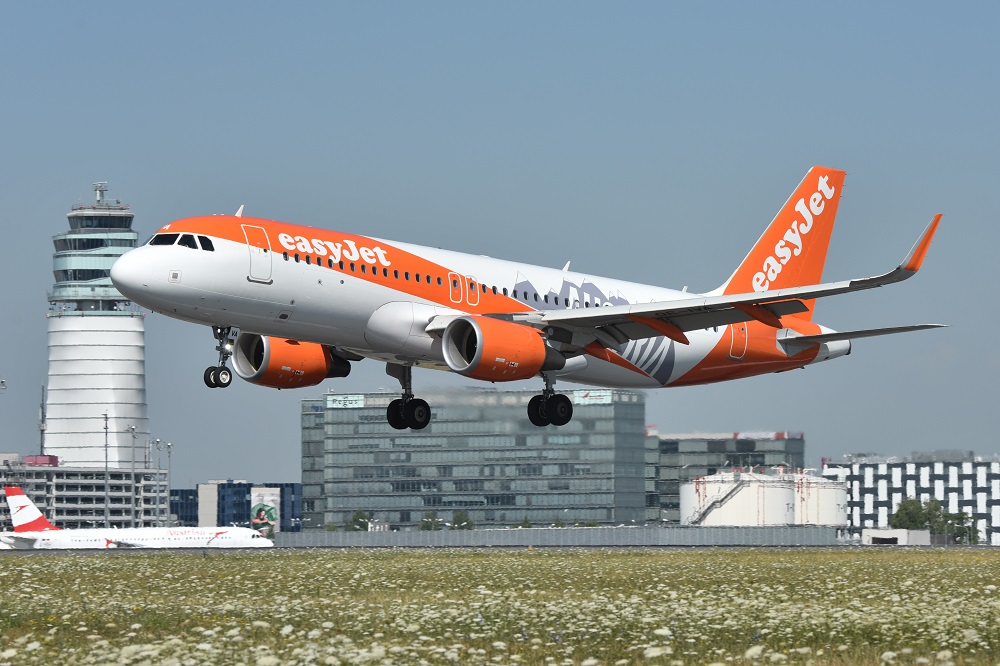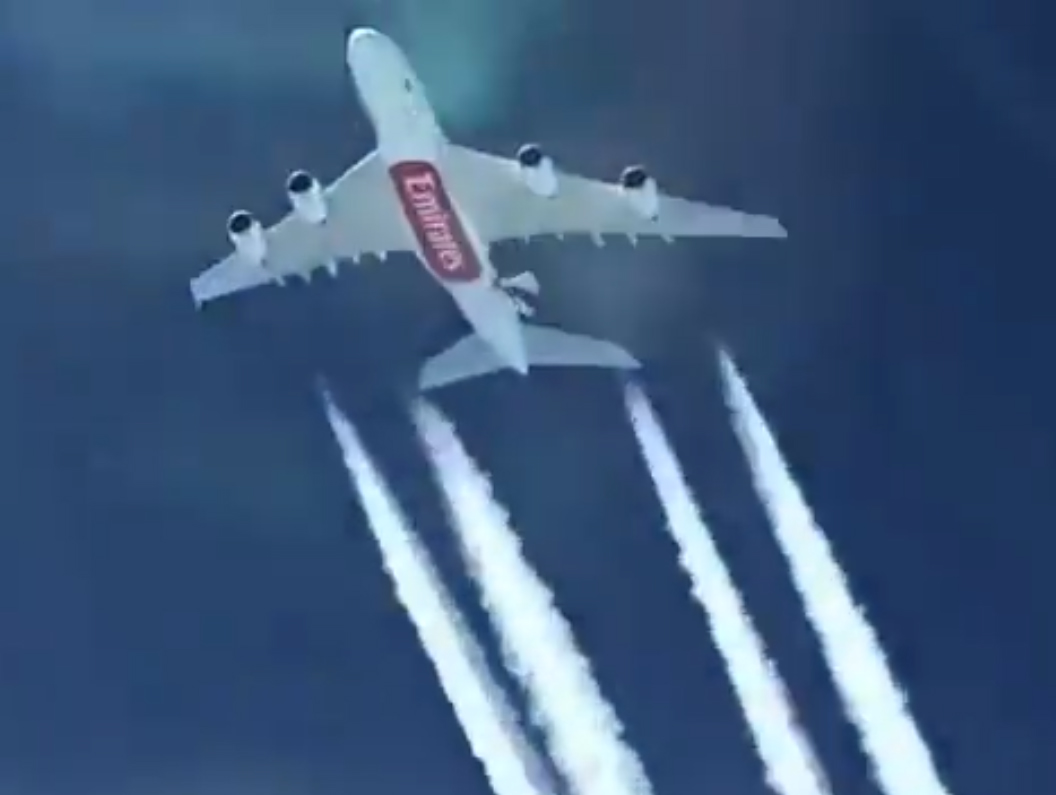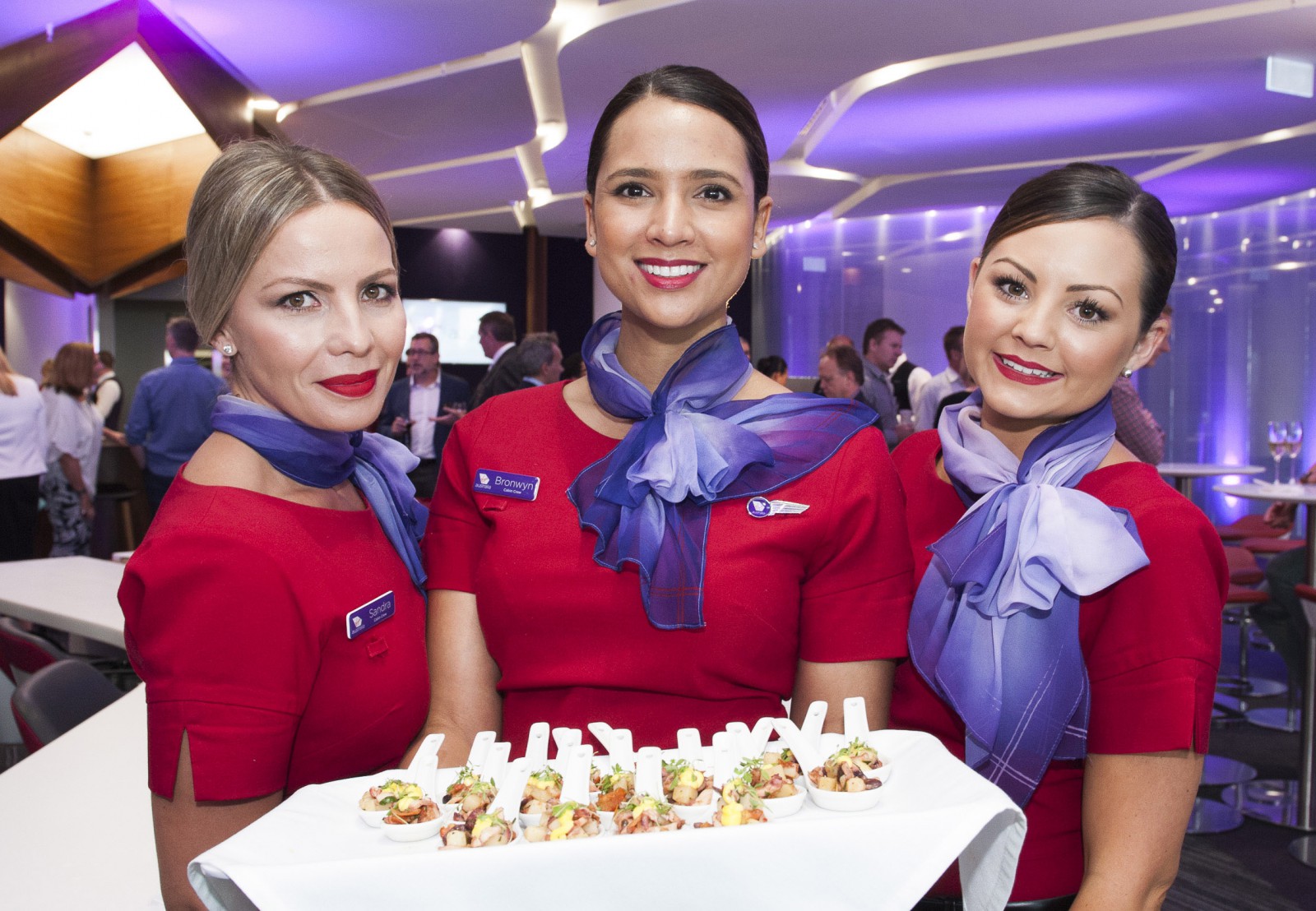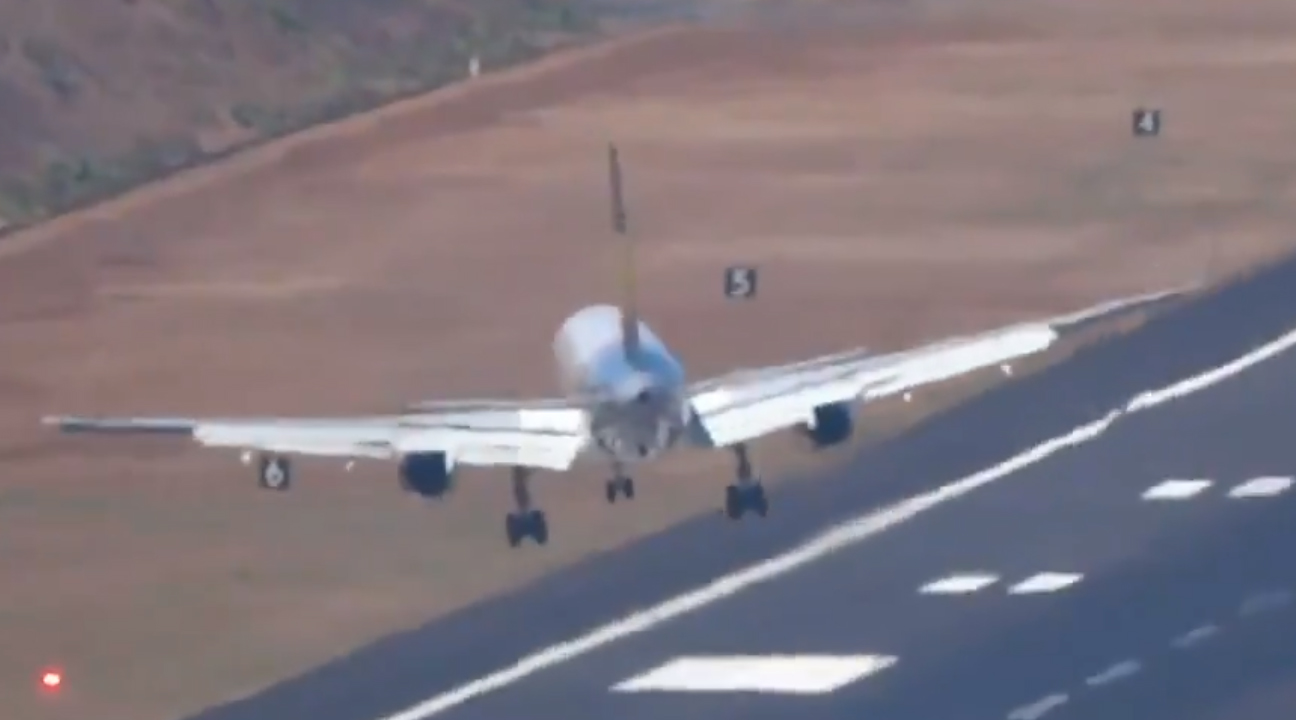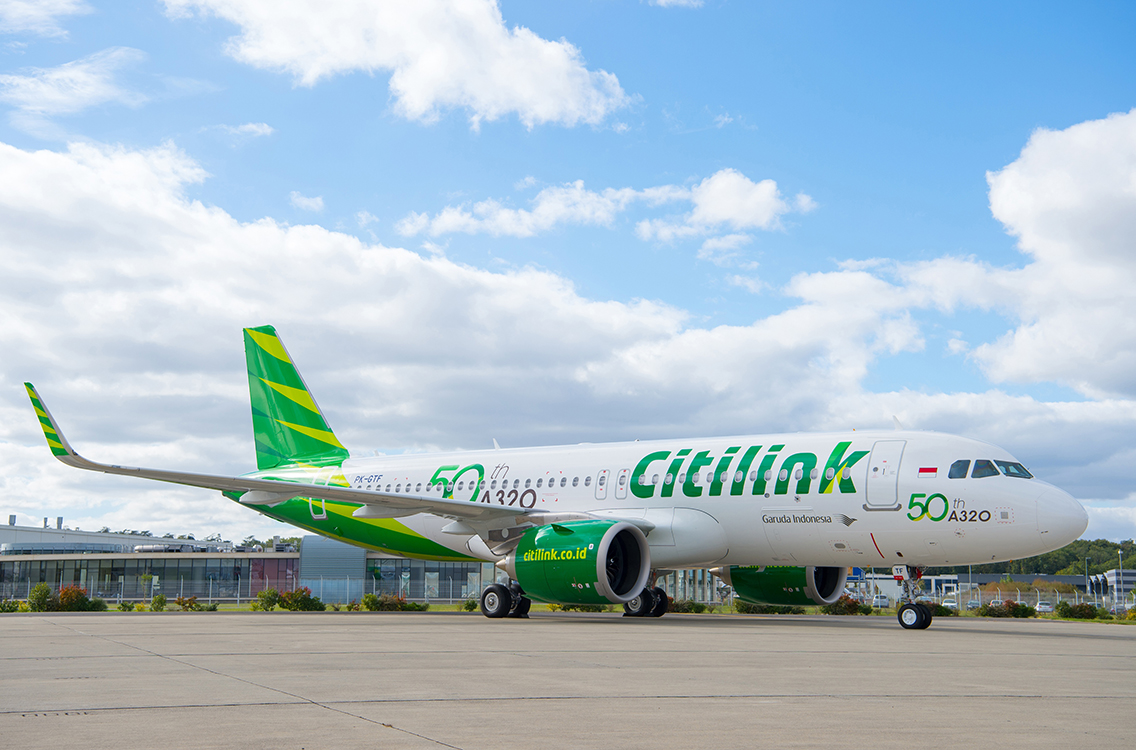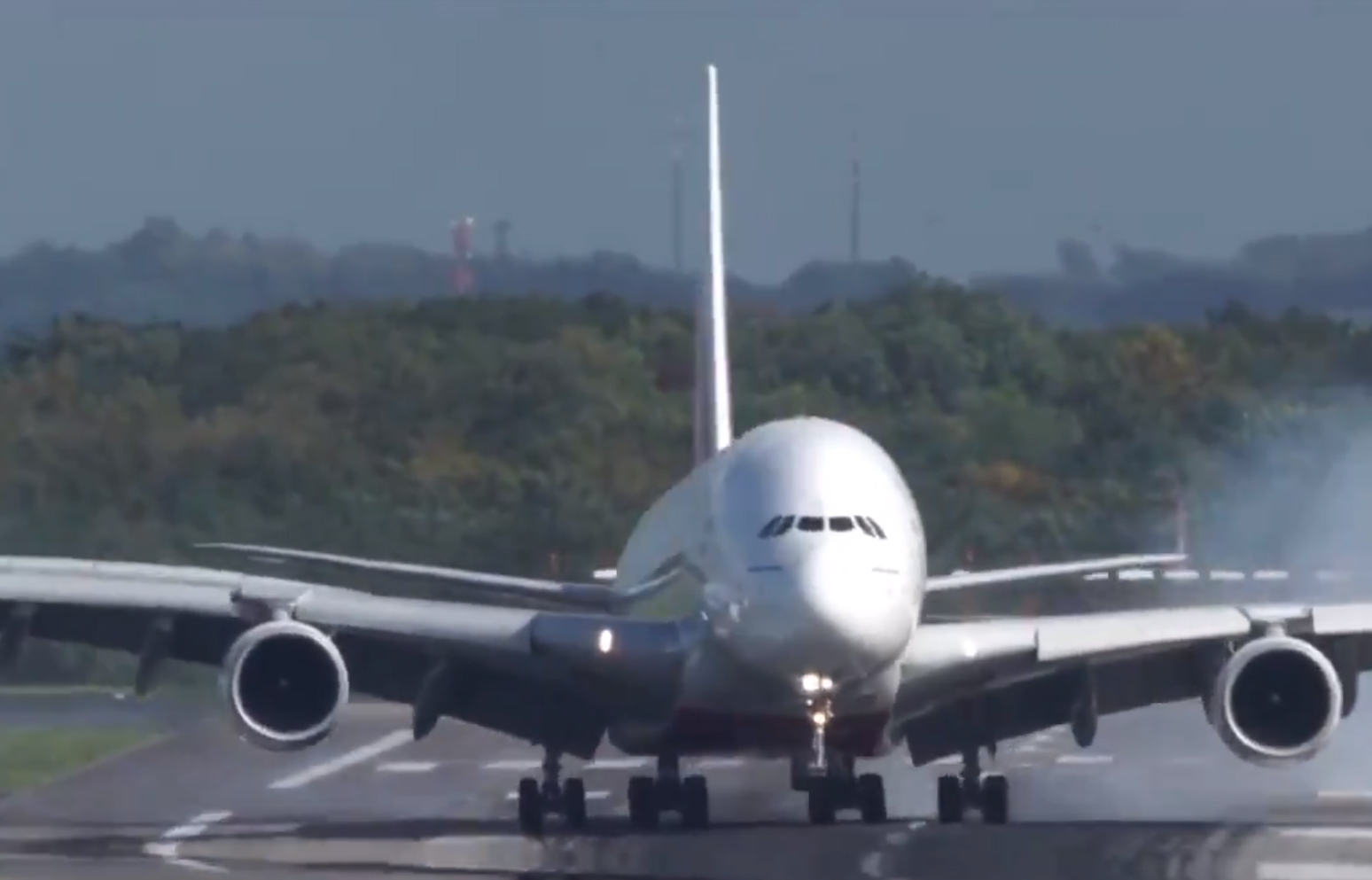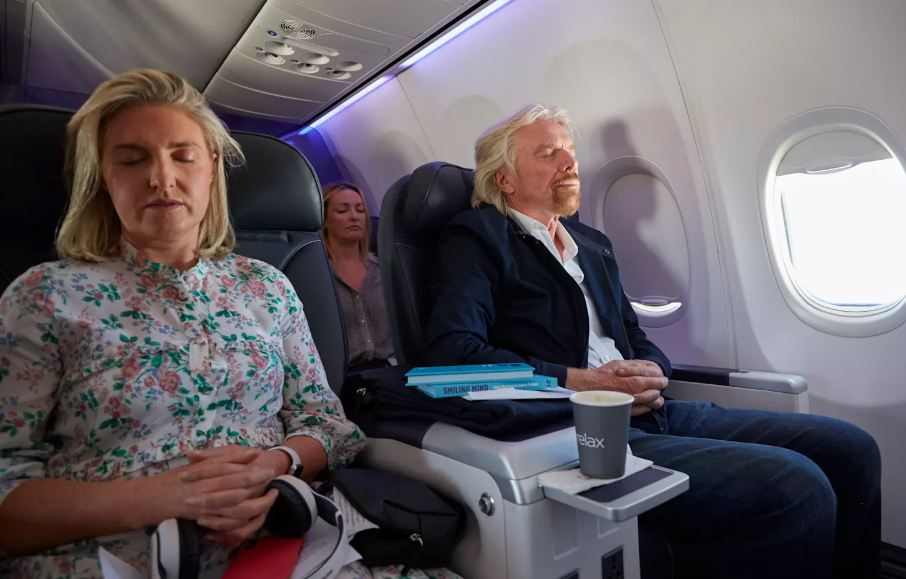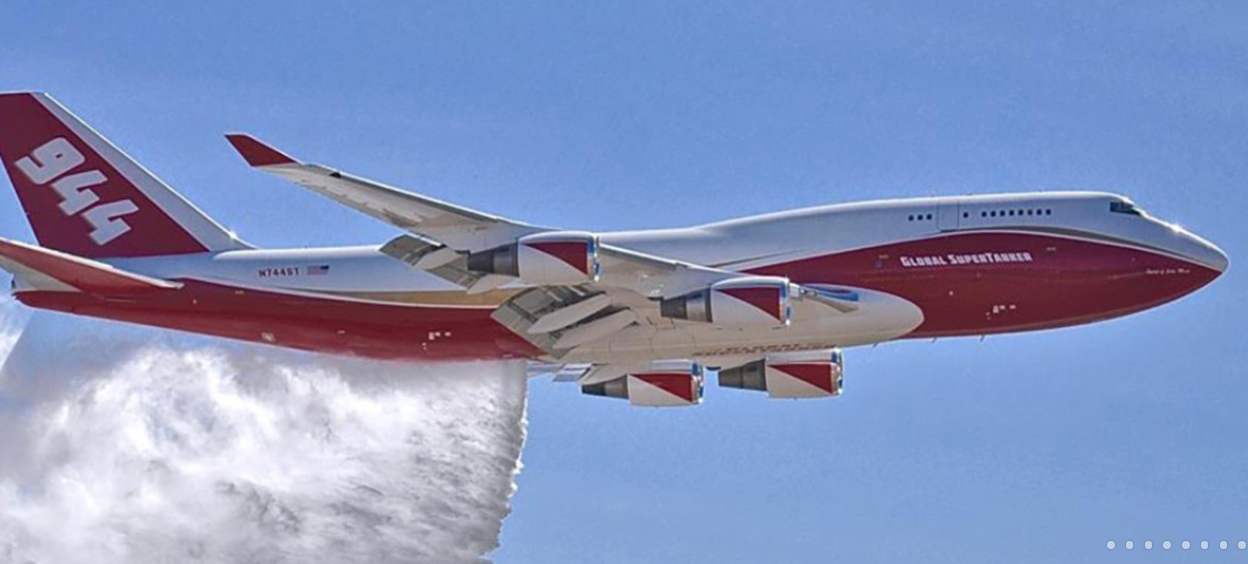How easy is easyJet?
Well very simple, very slick and easy on the wallet.
We decided to road test easyJet for a flight to Dubrovnik from Gatwick airport.
Check-in was open at 5 am for a 7.10 departure and staying at the North Terminal ‘s Hilton made that a short 5-minute stroll.
We purchased extra baggage weight, speedy boarding and because I am 195cm exit row seats.
WATCH: Head to head with Emirates A380.
All up cost for two passengers with all the frills was EP202.
Speedy boarding got us into a short priority lane for the baggage drop which was very simple and we were away from that area within 5 minutes – it was just that easy.
easyJet ground staff abounded and two came up and asked if we need help.

We have also purchased Gatwick Premium priority screening and in 10 minutes we had sailed through that area as well.
As part of that package, we added in the Aspire Lounge for early morning breakfast and chill out.
Again, another good move.
At 6.10am as advised up came our gate for the Dubrovnik flight which was EZY8517 (Aug 30) an Airbus A319.
This gate was one of the many remote ones and the airline handled the speedy boarders by calling us first for the bus and we were instructed to stand at the front of the multi doored bus as that front door would be the only one that was opened once we were at the aircraft.
Indeed, it was and boarding was a breeze.
The cabin crew were superb – it was if Easyjet hand picked the best they had just for our flight.
Nothing was too much trouble and they approached their roles with energy and enthusiasm.
Top marks!

And the exit row afforded enough room for my lanky legs.
Talking of the exit row the crew safety briefing was thorough abd professional.
The captain, who was the non-flying pilot, kept us informed on the ground and in the air.
Slight delay for take-off, which is normal for Gatwick and a smooth flight – which it was.
Once airborne for the two-hour twenty-minute flight the cabin crew were on their feet serving, then cleaning up.
Our pre-ordered snack of chips, water, and a ham and cheese toasty were delivered ahead of the cabin service and we followed up later with coffee which cost EP2.50 each.

Very tasty and hit the mark.
Before we knew it, the Captain was announcing our let down into Dubrovnik followed by a silky-smooth landing.
Not in easyJet’s control, but the on-ground experience at Dubrovnik airport was also silky-smooth.
All in all, a premium experience from a low-cost carrier and that takes class and effort.















